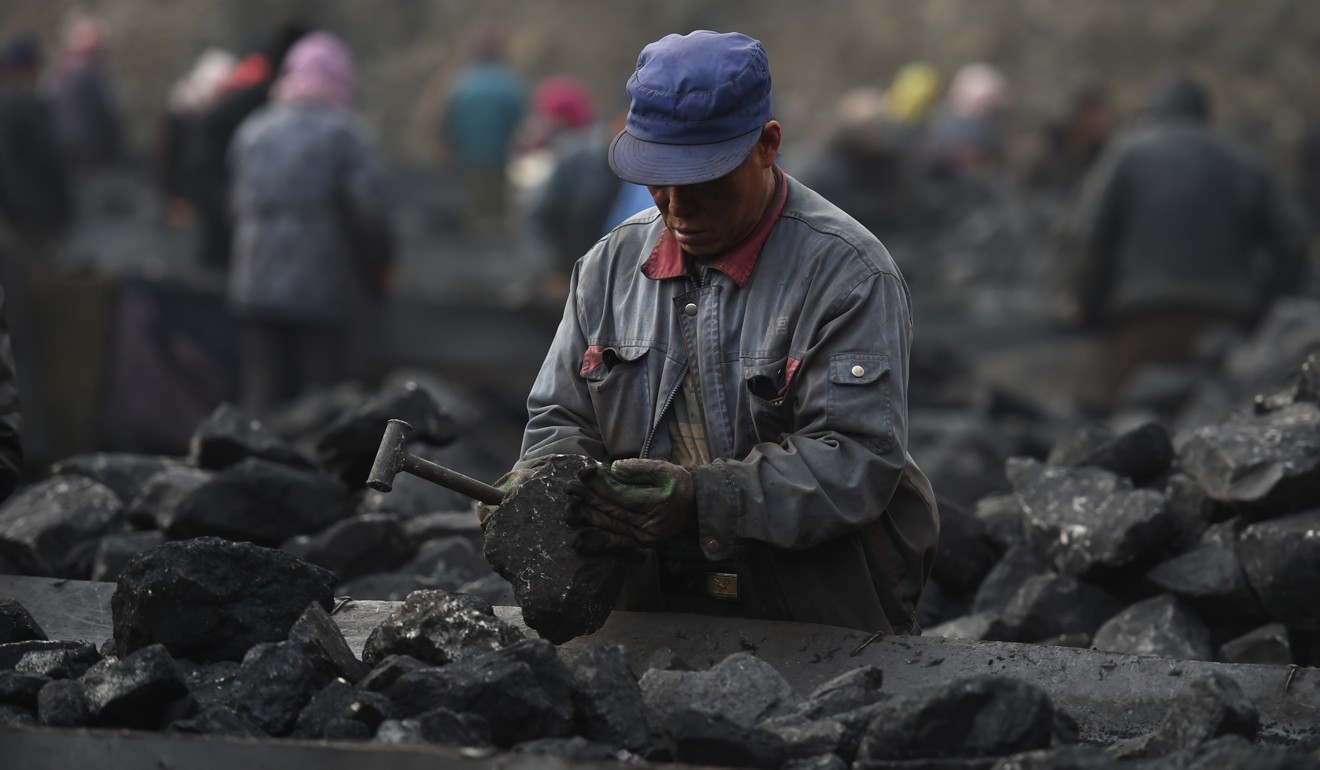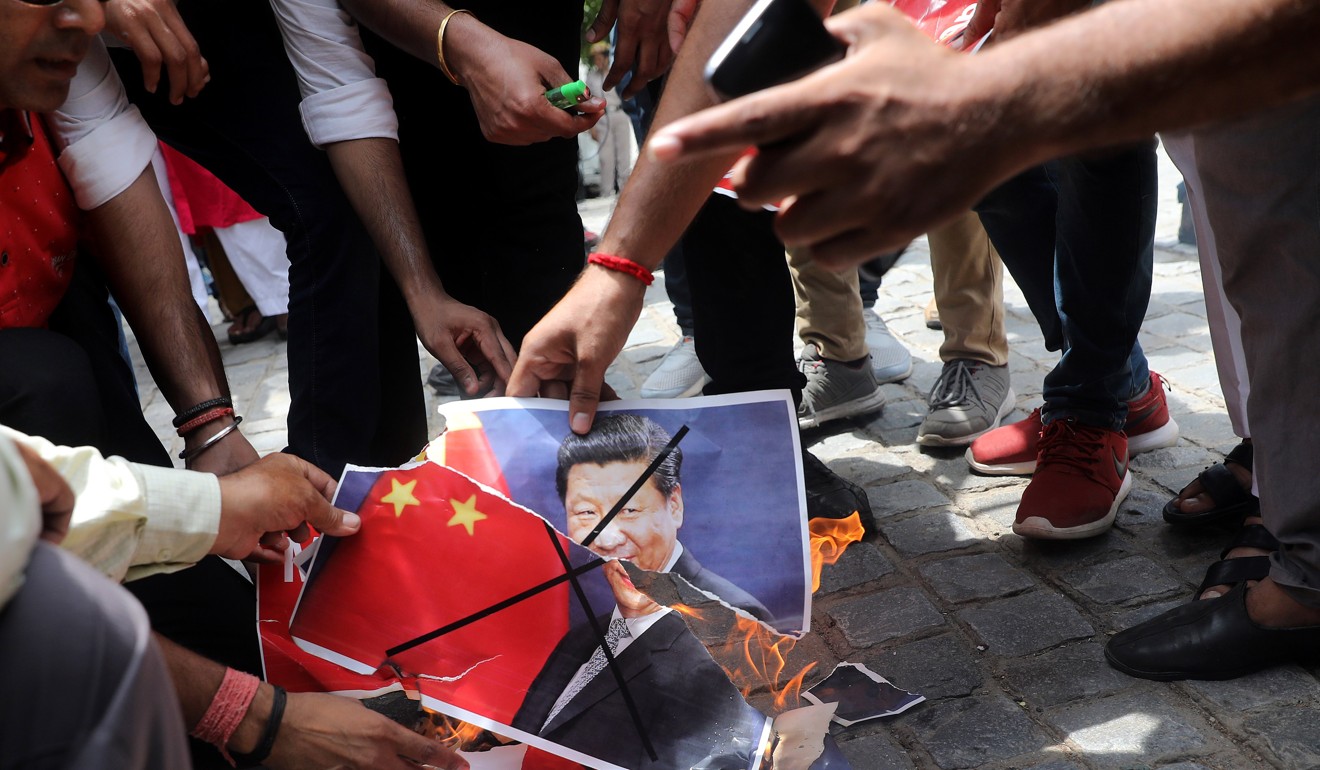
Imagine what China and India can do together
The two Asian powers share common cause on several fronts, from globalisation to climate change, and both would be wise to focus on cooperation instead of military brinkmanship
There is, first of all, the regional plane, where China and India have notably strengthened their cooperation. China has acquiesced in India’s participation in the East Asia Summit and India has joined the Shanghai Cooperation Organisation. While Asia is devoid of meaningful security institutions, interlocking economic and trade relationships could knit China and India closer together.

This is India’s China war, Round Two

China-India cooperation could also improve on the issues of piracy, oil spills and other international environmental issues. We share a mutual interest in keeping open the sea lanes of communication in the Indian Ocean, since the goods that flow from there to China go past India as well. It is odd that instead of cooperating in joint anti-piracy patrols and other common arrangements, we look at each other’s navies with marked suspicion.
Is China turning up heat on India through Pakistan flank amid Doklam standoff?
The same logic applies to other multilateral issues like nuclear disarmament and arms races in outer space, human-trafficking and natural disasters – all of which are issues on which the two countries could play mutually supportive roles, take joint responsibility and contribute to the establishment of new rules in the global system. Both India and China have been rule-takers in the international system and are ready to be rule-makers. Of course, this would require Beijing to be more open to India’s admission into the Nuclear Suppliers’ Group and similar international bodies.
Newer areas of cooperation could also emerge – wildlife conservation, for instance, where both countries could work together on issues like the smuggling of tiger parts to Chinese customers, or disaster management, where Asia’s two giants have much to learn from each other but have made no effort to do so.

Our burgeoning trade, at nearly US$70 billion, contributes to a positive atmosphere between our countries. If it grows, and is complemented with major investments in the Indian economy (which is growing at a faster pace than China’s) this economic interdependence could ensure that China has far too high a stake in the Indian economy to contemplate engaging in any military adventurism against its neighbour. There are some strategic advantages to offering a potential adversary a large market: it is more likely that the Chinese establishment will learn to see Indians as consumers rather than enemies.

I am not suggesting that India should, whether in Doklam or elsewhere, in any way prostrate itself before Chinese power. I wouldn’t flinch from recommending a military show of strength, taking proactive steps of our own to strengthen our border infrastructure and to deepen our maritime capabilities in the Indian Ocean while China is still focused on the northern waters closer to its shores.
But I would not seek conflict with China. Instead I would explore the many compatible areas of mutual interest of whose existence too many seem oblivious.
This standoff is China telling India to accept changing realities
India’s and China’s broad strategic goals are essentially the same, to enable their own domestic transformations by accelerating our growth, preserving our strategic autonomy, protecting our people and responsibly helping shape the world. This cannot be achieved by conflict, but only through cooperation. It is time the two countries started talking to each other about how exactly they can accomplish that.
Former UN Under-Secretary-General and government minister, Shashi Tharoor currently chairs India’s Parliamentary Standing Committee on External Affairs. The opinions expressed here are his personal views. ■

